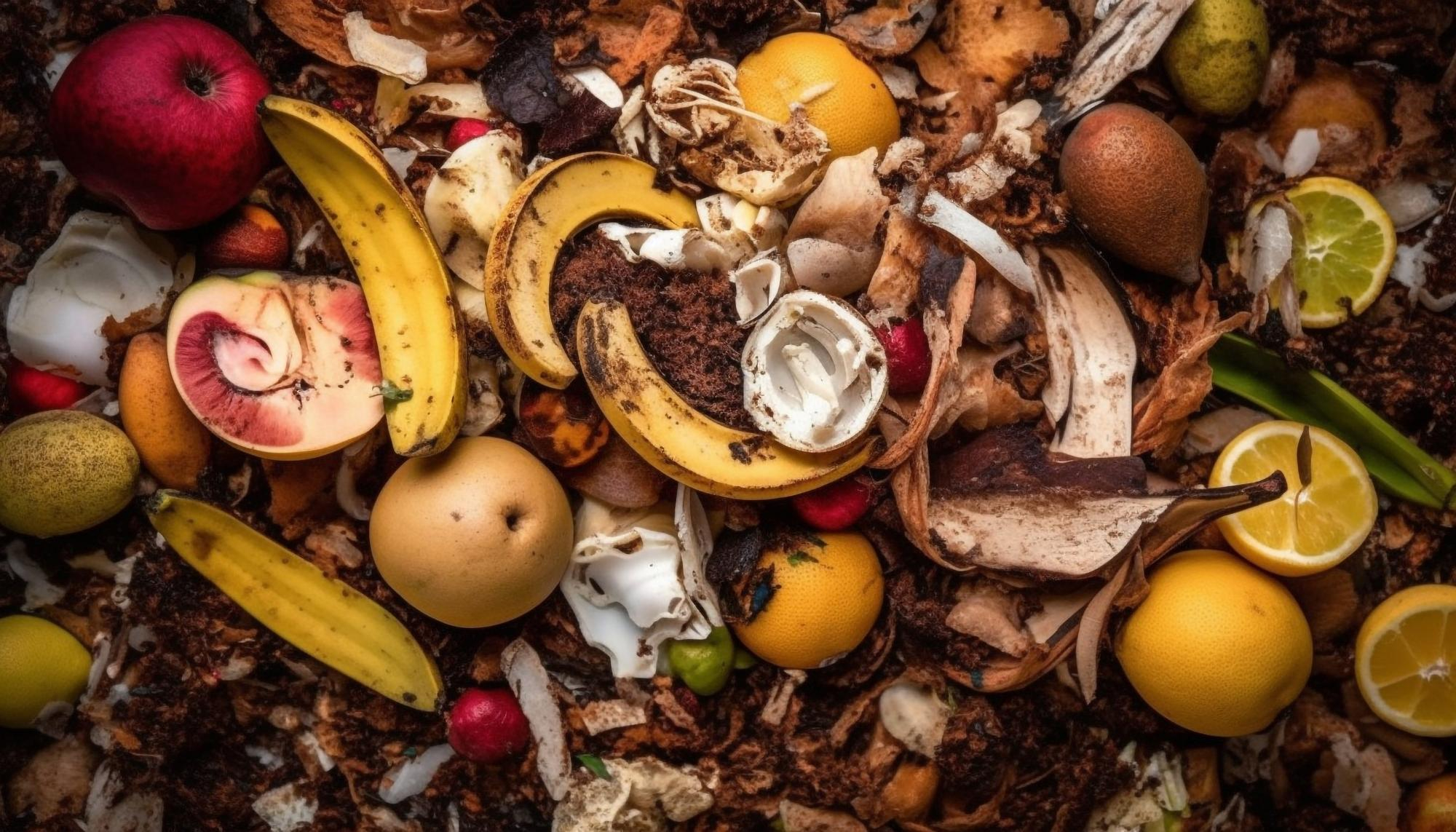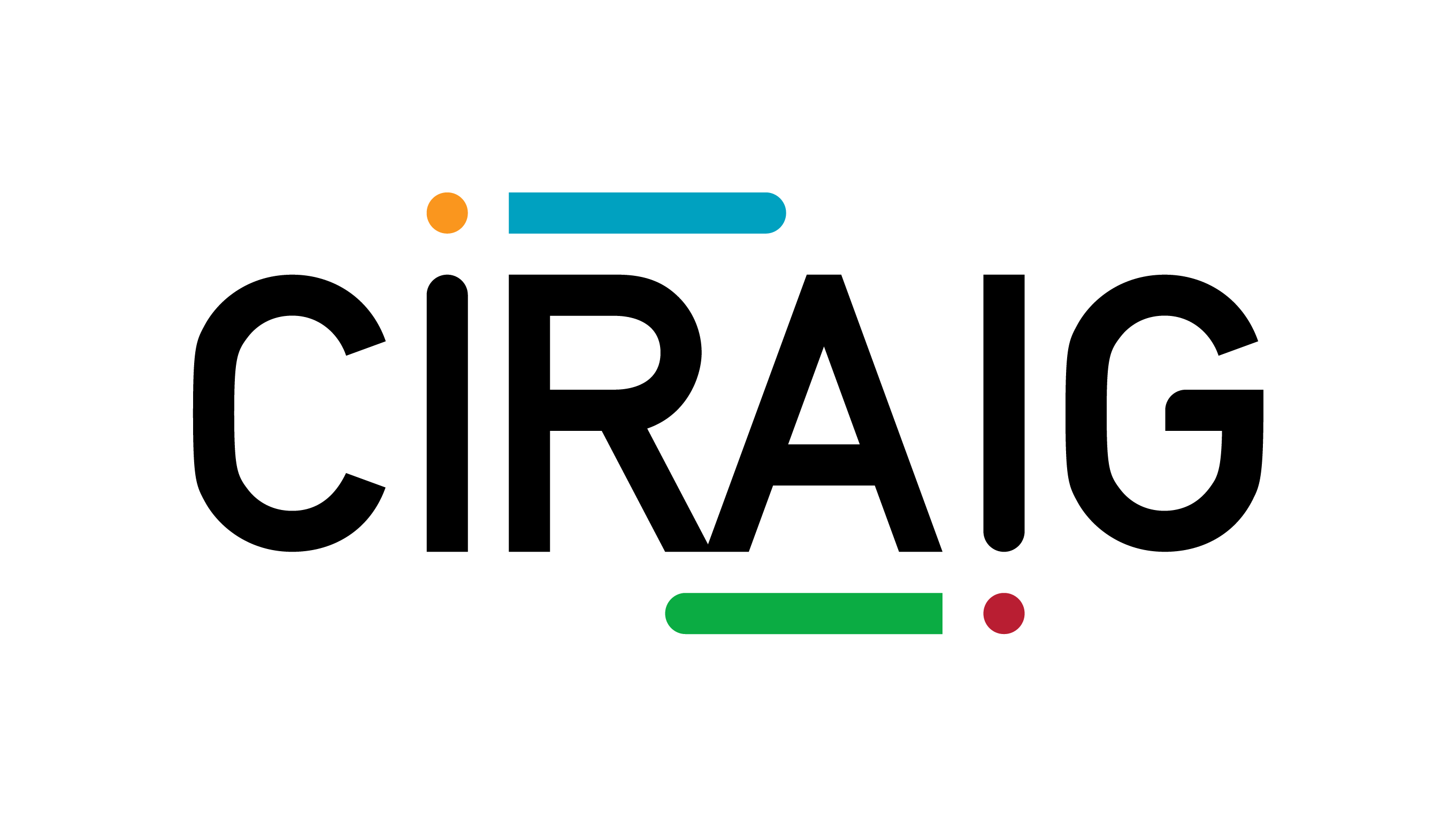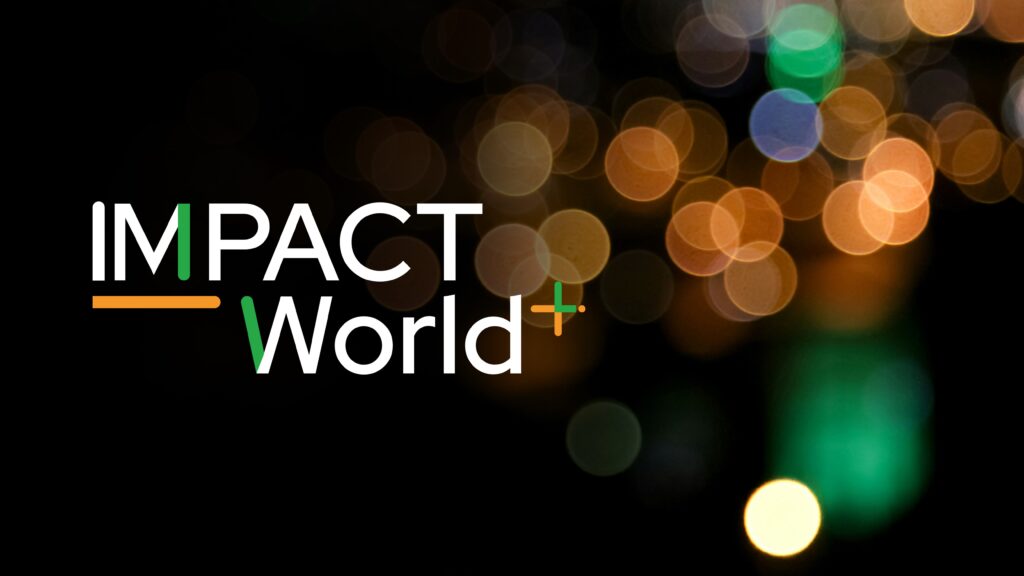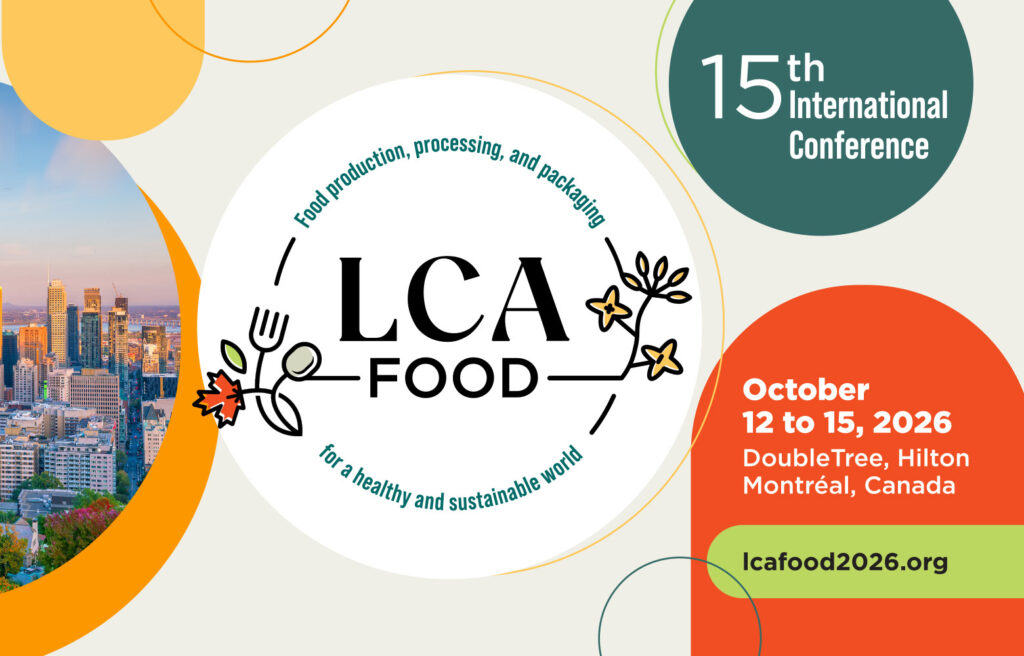Study of the potential for Montrealers to reduce the impact of food waste using a life cycle approach
The CIRAIG conducted a study mandated by the City of Montreal to assess the environmental benefits and the economic savings of reducing food waste initiatives using a life cycle approach, in order to identify the most effective actions.

The Office of Ecological Transition and Resilience of Montreal mandated the CIRAIG to conduct a study on the impacts of food wasted by Montreal citizens. Employing a life cycle approach, this study aimed to assess the environmental benefits (specifically potential greenhouse gas (GHG) emission reductions) and the economic savings (in $) from initiatives to reduce food waste. It sought to identify effective actions to reduce citizens’ food waste and possible obstacles to their implementation. Within this study, consultation workshops with stakeholders were conducted to recommend actions to be prioritized by the City of Montreal for optimizing results.
The Quebec Consumer Life Cycle Inventory database was used to provide regionalized results, covering all life cycle stages of 58 food categories. In addition, several optimization scenarios were tested to identify the food categories with the highest potential for reducing GHG emissions in the city of Montreal and savings for the consumers. The results highlighted meat and fish products, nuts, and more surprisingly, chocolate and coffee as having the best potential for reducing GHG emissions and providing savings for the consumer.
Key figures:
- Food waste represents 17% of our diet’s carbon footprint.
- The average Montrealer wastes about 15% of their food products, which represents approximately 210 kg/year or an average of $1000 a year.
- A total of 282,500 tonnes of food are wasted at home each year in Montreal.
- Eliminating food waste in Montreal households could result in a reduction of 560,000 tons of CO2 eq./year, equivalent to a savings of $1.4 billion per year (for consumers).
- Favor source reduction over waste treatment.
- Prioritize the reduction of waste from meat and fish, nuts, chocolate, and coffee.
- Favor proximity (food products accessible within walking distance), group purchases or deliveries, active transport (e.g., biking), or low-emission transport (e.g., electric vehicles).
In collaboration with
We use cookies on our website to give you the most relevant experience by remembering your preferences and repeat visits. By clicking “Accept”, you consent to the use of ALL the cookies.
Manage consent
Privacy Overview
This website uses cookies to improve your experience while you navigate through the website. Out of these, the cookies that are categorized as necessary are stored on your browser as they are essential for the working of basic functionalities of the website. We also use third-party cookies that help us analyze and understand how you use this website. These cookies will be stored in your browser only with your consent. You also have the option to opt-out of these cookies. But opting out of some of these cookies may affect your browsing experience.
Necessary cookies are absolutely essential for the website to function properly. This category only includes cookies that ensures basic functionalities and security features of the website. These cookies do not store any personal information.
Any cookies that may not be particularly necessary for the website to function and is used specifically to collect user personal data via analytics, ads, other embedded contents are termed as non-necessary cookies. It is mandatory to procure user consent prior to running these cookies on your website.
Your subscription could not be saved. Please try again.
Your subscription has been successful.





